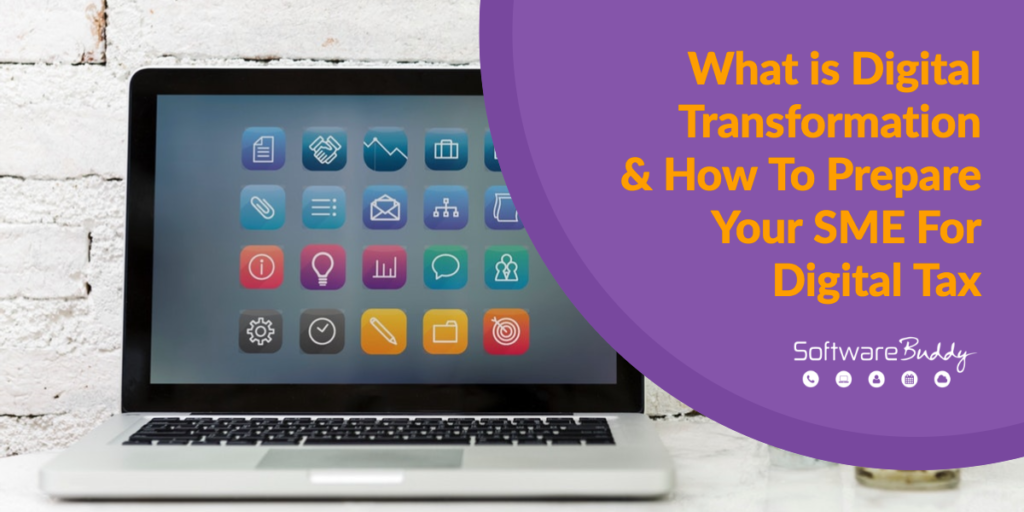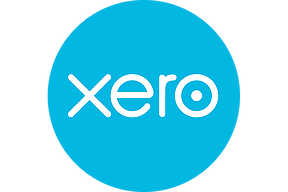What is Digital Transformation & How To Prepare Your SME For Digital Tax
What is digital transformation?
The requirements of the government’s Making Tax Digital (MTD) tax reform kick in from April 2019.
If your business is over the £85,000 VAT threshold, or if you make more than £10,000 per year as a landlord, MTD will apply to you.
Read more about how to get started with digital tax here as well as how to go about the digital transformation of your finance and operations systems.
Can’t see how this all fits together or how it’s relevant to you?
To comply with digital tax, you’ll need to use an accounting package like Xero, QuickBooks or SageOne. You’ll also need to carry out your day to day job management. A tool such as ServiceM8 will work with Xero, Quickbooks and SageOne. You can enter job data into ServiceM8 and accounting information will flow automatically into the accounting end. You don’t have to input information twice using two separate systems and you can get rid of complicated spreadsheets and paper-based job cards. Just quote and invoice from your iPad, phone or laptop and get on with your day.
Deadlines for Digital Tax
From April 2019 all businesses paying VAT and landlords who earn over £10,000 from property will need to use the digital tax system.
Returns will then need to be submitted quarterly.
In April 2020, there is a possibility of extending Making Tax Digital. Although nothing has been confirmed, the extension may include corporation tax.
For now, though it would be best to start the transformation period as soon as possible.
How To Prepare For Making Tax Digital?
HMRC has been devising Making Tax Digital and planning the introduction of digital tax since 2015, so this won’t be too big a surprise.
Preparing for Making Tax Digital means making sure that the system you currently use will be compliable. Unfortunately, that means that although you might already be filing your VAT return online, you may have to switch over to using different software.
Everyone will have to use, commercial software, that has been approved by HMRC, so the first step to preparation is creating a digital transformation roadmap, auditing your systems and then if needed, choosing a new one.
While this may sound complicated, there all you want to do is take a look at your current systems and, if needed, design a better connected and more up-to-date framework.
There are three steps to preparing your SME for digital tax (or one if the systems you already use are HMRC approved)
- Check your current system
- Evaluate potential systems
- Audit and compliance
The shift to digital tax is also the perfect opportunity to transform other aspects of your business and streamline some of your processes.

Check your current system
The first thing you need to do is check if your current system is already compliant.
This means a commercial system, that is up-to-date and approved by HMRC. Xero or Sage are good examples of packages that are recognised.
A 2017 survey by UK200Group, a membership association for independent accountants and lawyers, found that only 35% of its member’s clients were using the appropriate software.
Even if you already have a software package for accounting, that doesn’t necessarily make you ready for digital tax.
If you aren’t sure if are using a system that is compliant to the new system, engage the help of an accountant or digital transformation consultant, like Software Buddy.
Understand your options
The same survey, also found that 65% of their member’s SME clients don’t use software to manage their business accounts.
If that sounds like you, you’ll need to research your options for online finance systems as part of your digital transformation programme.
Take the time to take a look at your options for other finance and operational upgrades. Including job management software and project management systems alongside your online finance choices.
See where your business systems can be integrated. Not only does this make your business more efficient but can make your life easier too.
Audit and compliance
Once you have evaluated potential systems, you’ll need to begin the process of a systems audit with your digital transformation consultant.
Hiring a professional is often much cheaper than trying to do it yourself and getting it wrong.
Why not book a Software Buddy consultation to talk through your timeline?





